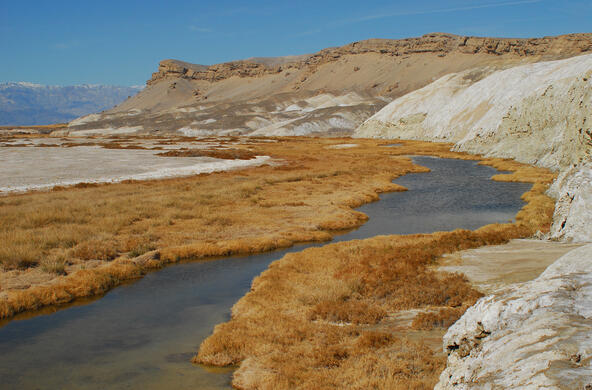Last week brought us a report from the United Nations that indicates that the world’s nations are falling far short of the emissions reductions of carbon dioxide that were promised to meet the Paris Climate Accord—let alone the reductions needed to keep the Earth’s average global temperature from rising more than 2 degrees centigrade. Much of the blame was directed at global transport of humans and goods from place to place.
World transport depends on oil—on land, at sea, and in the air. We’ve been using internal combustion, boilers, and diesel engines to move us around for more than 100 years. The jet engines of modern aircraft are wholly dependent on liquid fuels. Hopeful new developments, such as electric vehicles, are on the horizon, although these may simply aggregate our use of energy from individual cars to electric power plants.
Contemplating our use of petroleum and the money that has been made to supply it, I found it interesting to chew on some statistics. The United States currently uses about 20 million barrels of oil each day; global usage is about 100 million barrels per day. If those barrels (20 inches in diameter) were aligned side-by-side they would form a wall more than 25,000 miles long—enough wrap around the Earth every day.
Emissions occur when we burn fossil fuels, but there are also emissions associated with extracting, refining, and transporting petroleum that amount to 15 to 40% of the carbon dioxide emissions when these fuels are used. The percentage is higher for unconventional “heavy” oils, such as Canadian tar sands, than from light, sweet crude oil from Saudi Arabia. The percentage rises as oil fields are depleted and require enhanced recovery techniques, such as fracking. Given the emissions associated with oil and gas production, we should insist on increased efficiencies in the petroleum industry as part of overall emissions reduction.
Since the beginnings of the oil and gas industry, we’ve used about 944 billion barrels of crude oil, weighing about 130 billion tons. Spread out on the land, it would deposit a layer about 1 mm deep on the Earth’s entire land surface. That doesn’t sound like much, until you consider that the cumulative historical combustion of oil has put 110 billion metric tons of carbon into the atmosphere, largely as carbon dioxide. (The rest of the weight is largely hydrogen). If it were not for uptake of carbon dioxide by the oceans, the emissions from oil alone would have added about 20% to the carbon dioxide in Earth’s atmosphere—a dramatic human impact on the global environment since oil was first used.
If we are to hold the concentration of CO2 in Earth’s atmosphere below 450 parts per million—the level beyond which scientists predict catastrophic changes in climate—we will need to hold our cumulative emissions of CO2 from all sources below one trillion tons. The use of petroleum has already contributed about 10% of that, with combustion of coal, manufacture of cement, and destruction of vegetation and soils accounting for about 40%.
In short, we’ve spent about half of our total allowance of carbon that can be emitted to the atmosphere without a global climate catastrophe. To not exceed emissions of one trillion tons of CO2 to the atmosphere will require us to leave about 30% of the known reserves of oil and 80% of the coal in the ground. This will be a challenge given that new oil fields are coming “on line” and the likelihood of falling prices at the pump.
The dinosaurs experienced the importance of climate change to their well being. We may too.
References
Allen, M.R., et al., 2017. Warming cumulative carbon emissions toward the trillionth tonnne. Nature. 458: 1163-1166.
Jones, J.C. 2009. Technical note: Total amounts of oil produced over the history of the industry. International Journal of Oil, Gas, and Coal Technology 2: 199-200.
Masnadi, M.S. and 22 others. 2018. Global carbon intensity of crude oil production. Science 361: 851-853.
McGlade, C. and P. Ekin. 2015. The geographical distribution of fossil fuels unused when limiting global warming to 2o C. Nature 517: 187-190
Millar, R.J. and 9 others. 2017. Emission budgets and pathways consistent with limiting warming to 1.5oC. Nature Geoscience 10: 741-748.







